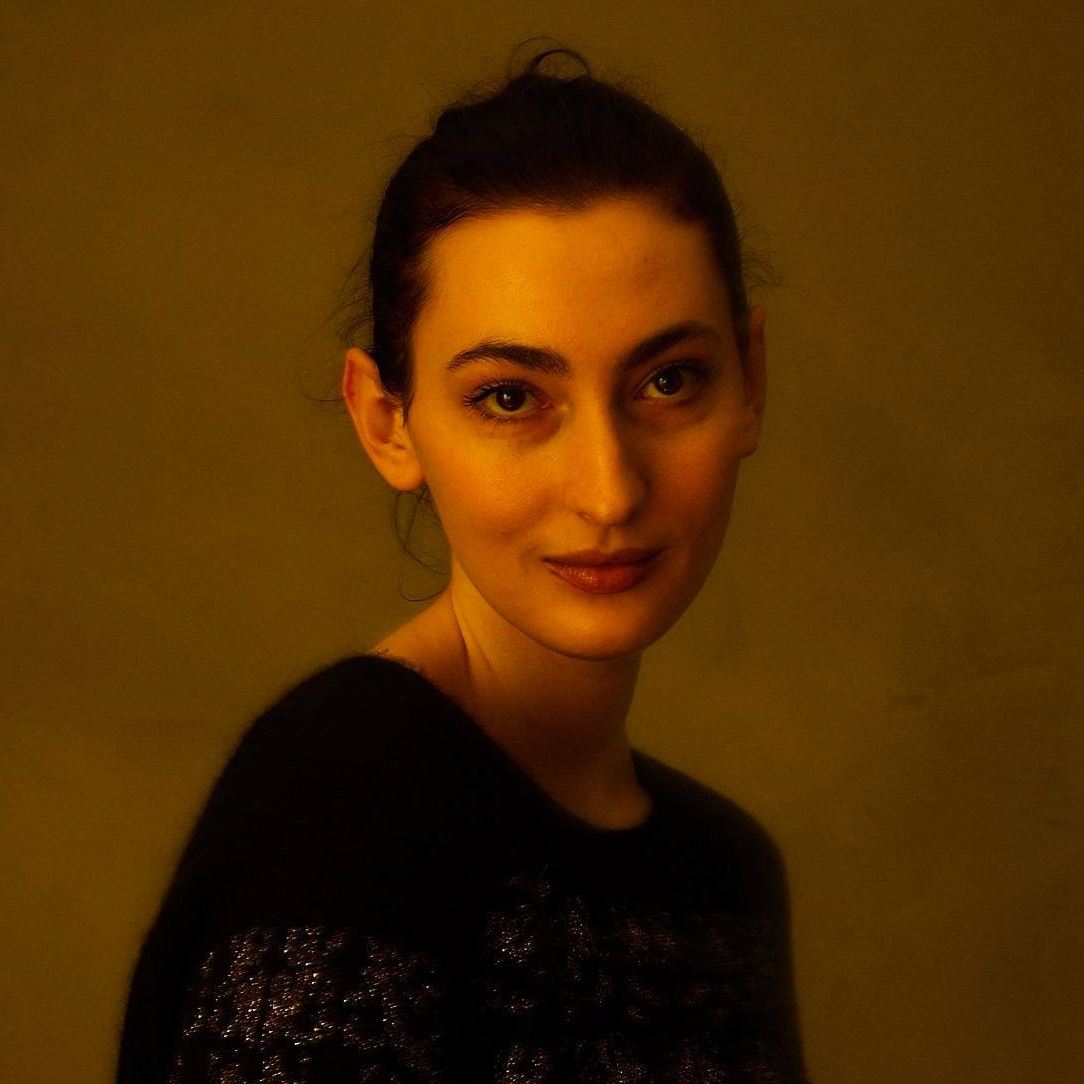Robert Frank’s magnum opus, The Americans, chronicled the photographer’s journey across the United States between 1955 and 1957 as he sought to capture America in all her glory. Of the 28,000 images he took during this three-year period, a total of ...




